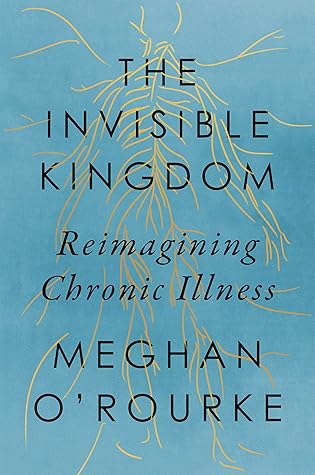More on this book
Community
Kindle Notes & Highlights
Read between
April 12 - April 26, 2023
In some ways, the distinction between normalcy and pathology is arbitrarily defined—as well as hard to measure.
Another difficulty in diagnosing autoimmune diseases is that they often present as a systemic illness, with symptoms occurring in different parts of the body, and yet our health care system is very siloed.
As it is, many clinicians assume that the patient, who is often a young woman, is simply one of the “worried well”: people who visit doctors for reassurance that nothing is wrong with them.
gymnastics was a sport that taught me to ignore, and overcome, pain. And so even though I fussed at times about my aches and pains, fundamentally I expected my body to heal itself. At my core, I thought my body was predictable and strong, because in many ways it was a tool I could train and discipline to do what I wanted.
My fatigue felt like a problem with me—something about my very being. I worked too hard, but without enough discipline; I exercised, but I ate junk food; I was sloppy where I should be ascetic. When I felt off, it was my fault, a sign of some internal weakness, a lack of moral fiber, a crack running through the integrity of my being.
(It had worked for them; therefore it must work for you—a mindset one encounters a lot.)
Knowledge brings the hope of treatment or cure. And even if there is no cure, a diagnosis is a form of knowing (the word “diagnosis” derives from the Greek gignōskein, “to know”) that allows others to recognize our experience and enables us to tell its story. I felt acutely the absence of a story I could tell others. Without a story, who—or what—would help me get better?
One of the underacknowledged facts of being ill is how difficult and saddening the encounters with the medical system can be.
It is when we lose longing that we lose being.


